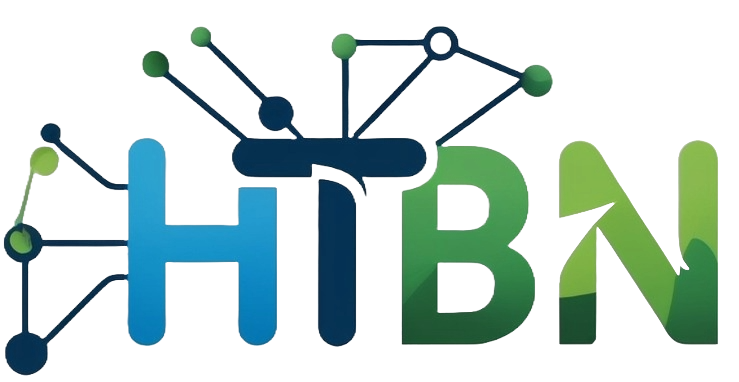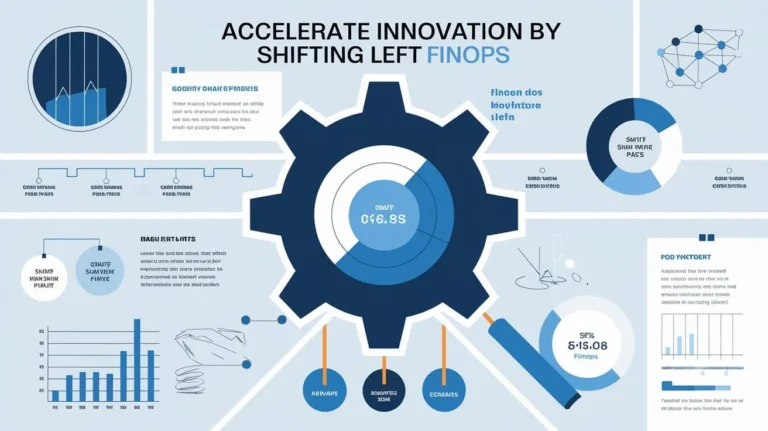Understanding FinOps and Its Importance in Innovation
Financial Operations, commonly referred to as FinOps, is an emerging practice that bridges the gap between finance, technology, and operational teams within organizations. Its core principles center around enhancing collaboration, fostering transparency, and optimizing cloud spending. As enterprises increasingly migrate to cloud-based infrastructures, the need for effective financial management has become paramount. FinOps empowers organizations to take control of their cloud expenditures, enabling them to innovate rapidly while maintaining cost efficiency.
One of the fundamental aspects of FinOps is its ability to integrate finance and technology teams. This integration promotes a shared responsibility for cloud costs, helping both departments to work collaboratively towards common goals. By breaking down silos, FinOps creates a more agile environment where decision-makers have real-time visibility into financial data, allowing for data-driven decision-making. With teams aligned, organizations can streamline their processes and allocate resources more effectively, which is essential for driving innovation.
Moreover, aligning financial management with business objectives is crucial for fostering a culture of accountability and agility. When finance teams understand the technological aspects of the cloud and business teams are aware of the financial implications, it cultivates an environment conducive to innovation. This alignment ensures that spending decisions support strategic initiatives, ultimately leading to improved operational efficiency. Organizations can identify opportunities for cost savings while simultaneously investing in new technologies, enhancing their ability to innovate.
In the context of a rapidly changing business landscape, embracing FinOps is not merely a technical necessity; it is a strategic imperative. Companies that effectively integrate FinOps into their operational framework can accelerate innovation by shifting left, tapping into the full potential of their cloud investments while maintaining fiscal discipline. Therefore, understanding the principles of FinOps and its role in promoting innovation is vital for modern organizations striving to remain competitive in an ever-evolving market.
Shifting Left: The Concept and Its Relevance
The concept of ‘shifting left’ refers to a strategic approach primarily aimed at integrating financial operations, known as FinOps, into early stages of the software development lifecycle. Traditionally, financial considerations have been addressed after key development phases, often resulting in inefficiencies and missed opportunities for cost savings. By shifting left, organizations are encouraged to incorporate financial accountability from the outset, allowing teams to make informed decisions that directly impact budgeting and resource allocation.
In the context of FinOps, this proactive involvement of finance teams throughout the development process plays a crucial role in fostering a culture of collaboration and transparency. When financial experts engage with development and product teams early in the planning phase, they help identify potential cost implications of various design and implementation choices. This not only enhances decision-making but also enables organizations to streamline their financial performance and optimize resource utilization, ultimately accelerating innovation by shifting left FinOps.
Moreover, the early involvement of finance in development processes creates an environment where potential risks can be identified and mitigated beforehand. This aligns financial goals with project milestones, ensuring that teams are not only creating valuable products but are also doing so within budget constraints. It is a paradigm shift that redefines the role of finance, transforming it from a retrospective function into a crucial contributor to project success.
By emphasizing communication and collaboration between finance and development teams, organizations can cultivate an atmosphere of shared accountability and problem-solving. This approach not only drives innovation but also instills a mindset where financial prudence is valued, thereby paving the way for more sustainable growth and success in an increasingly competitive landscape.
Tools and Techniques for Implementing Shift Left FinOps
Organizations looking to accelerate innovation by shifting left FinOps must leverage a variety of tools and methodologies designed to foster collaboration between finance and IT teams. One of the primary techniques involves utilizing cloud cost management platforms, such as CloudHealth and Spot.io, which enable real-time visibility into expenditures. These platforms equip teams with analytics capabilities that highlight spending patterns and anomalies, facilitating proactive financial management practices.
Automation tools are indispensable in this evolution. Solutions such as Terraform and Ansible aid in managing cloud resources effectively while promoting compliance and cost efficiency. By automating infrastructure provisioning, teams can reduce manual errors and significantly trim down the time required for financial assessments. This level of automation allows organizations to not only adhere to their budgetary constraints but also to quickly adapt to changes in the financial landscape, thereby reinforcing the shift left philosophy.
Moreover, the incorporation of data analytics tools, including Tableau and Power BI, enables deeper insights into financial data. These platforms allow teams to visualize key performance metrics and make data-driven decisions that support strategic initiatives. With the capability to access real-time data, both finance and IT teams can align their objectives more closely, ensuring that financial implications are considered at every stage of the development cycle. This integration of analytics fosters communication, bridging gaps between departments and creating a more cohesive approach to FinOps.

Practical examples further illustrate the benefits of these tools. For instance, a case study involving a large enterprise reveals how using a combination of cloud management and analytics platforms resulted in a 30% reduction in unnecessary cloud spending. This economic efficiency not only streamlined operations but also liberated resources for innovation-focused projects. Adopting these tools, therefore, is pivotal for organizations aiming to enhance their operational efficiency while maximizing innovation capabilities.
Case Studies: Successful Implementation of Shift Left FinOps
In recent years, several organizations have embraced the shift left FinOps approach to enhance their operational efficiency and foster innovation. One notable example is TechCorp, a rapidly growing software development firm. Prior to adopting this methodology, TechCorp faced significant challenges in project delays and budget overruns. The existing Financial Operations model was reactive rather than proactive, leading to misunderstandings in project valuation and cost allocation. To address these issues, TechCorp initiated a shift left FinOps strategy that involved cross-training finance professionals and integrating financial insights into the development lifecycle from the outset. This proactive approach empowered development teams to make informed decisions that ultimately reduced costs and improved project delivery times.
Another exemplary case is HealthNet, a healthcare IT provider that struggled with compliance and financial forecasting in a highly regulated environment. The organization’s traditional financial operations were isolated from the technical teams, making it difficult to align budgetary controls with project execution. By implementing a shift left FinOps model, HealthNet established collaborative platforms where finance and engineering teams could communicate openly and regularly. This initiative not only mitigated compliance risks but also enabled accurate financial forecasting, resulting in significant savings and quicker product development cycles.
accelerate innovation Lastly, RetailGiant, a major retail organization, faced difficulties managing its cloud expenditures amid rapid expansion and increasing digital demands. By shifting left in its FinOps approach, RetailGiant integrated cost visibility into its development workflows. Through real-time analytics and shared accountability across teams, the organization successfully minimized wasteful spending. The financial management system evolved to provide each team with contextual data, enabling them to make informed decisions that directly impacted innovation by allocating resources more effectively. These case studies illustrate how shifting left in FinOps can serve as a catalyst for innovation and improved financial management, providing valuable insights for other businesses looking to adopt this transformative approach.
May Be You Also Read

